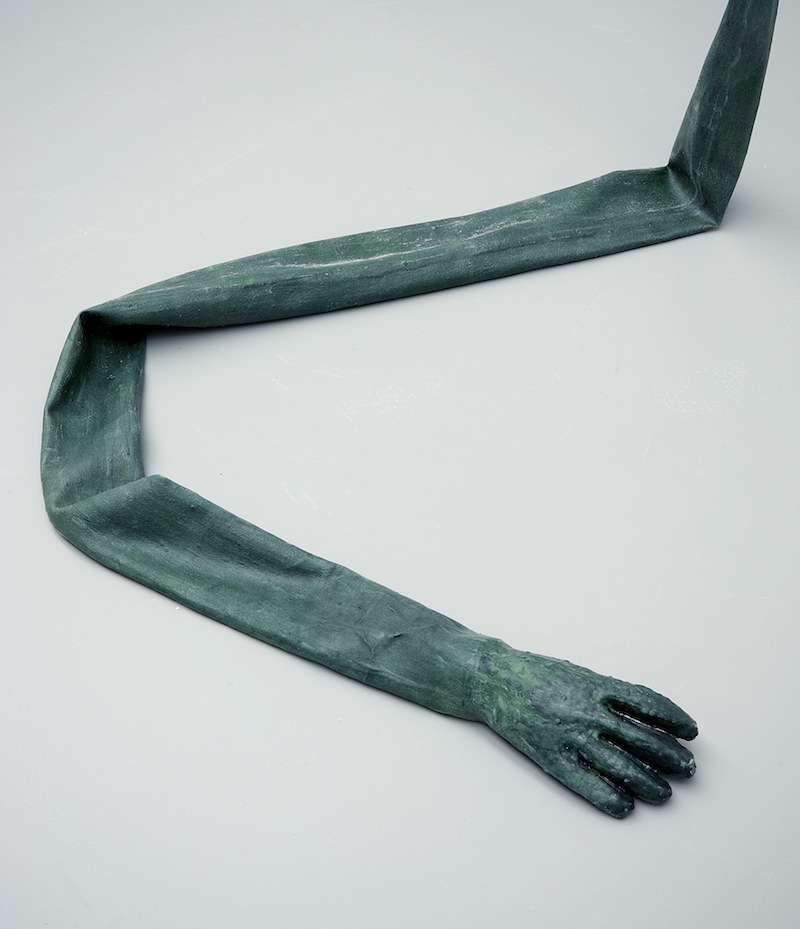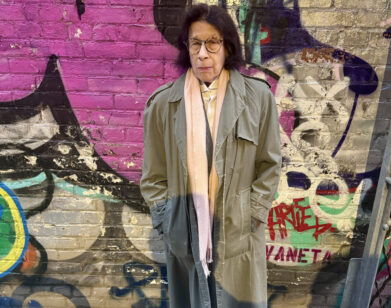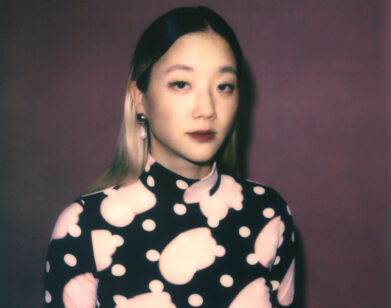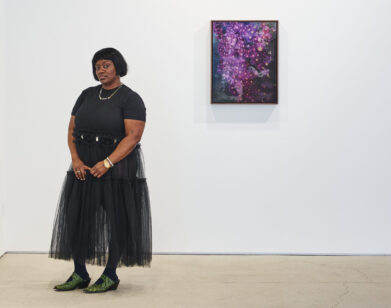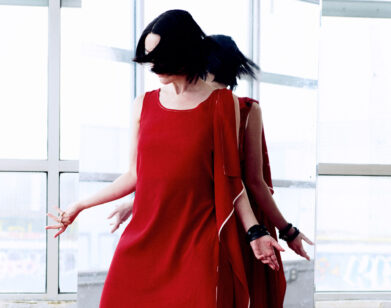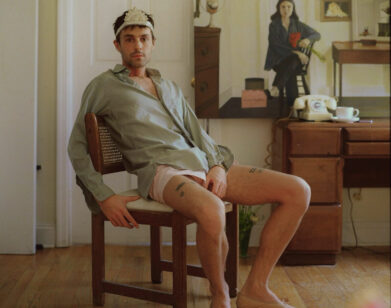A Visit to Toon Town, in Art World
At galleries and museums, it’s normal to see visitors engrossed in their phones, angling an artwork on a screen before taking in its physical presence. But is a piece of art experienced through a digital sphere less real, or real in a different way? The blur between the virtual and the tangible, or the 2-D and the 3-D, is the jumping off point for “Puddle, pothole, portal,” the excellent show that opened this week inaugurating the newly renovated SculptureCenter in Long Island City, Queens.
Thinking of digital interfaces as essentially interactive animations, curators Ruba Katrib and Camille Henrot explore the history of cartoons, citing as inspirations Saul Steinberg’s kaleidoscopic drawings and Who Framed Roger Rabbit?, a 1988 film which features live actors interacting with animated ones. Early animations where machines fed into absurdist plotlines (the steamboat in the 1928 Mickey Mouse featurette Steamboat Willie, for instance) are also important influences. At SculptureCenter, the exhibition transports viewers into a whimsical cartoon world, where an immobile pane of glass designed for the space by Judith Hopf masquerades as a door with a trompe l’oeil knob drawn in marker, and a hyperextended latex glove as in Olga Balema’s Long Arm (2014) snakes across the floor. There’s the sneaking suspicion that death-by-falling-piano is imminent.
As with most shows at SculptureCenter, the curators, who first collaborated when Katrib included Henrot’s work in A Disagreeable Object in 2012, invited artists to create original work responding to the theme. “All the artists are coming from a different angle and different direction,” says Katrib. “They express this idea of the comic and [at the same time] how image-making and object-making has changed in relation to new technologies.” About half are original commissions, 10 of which are site-specific. The loopy playfulness from works like Well (2014), a nightmarish ceiling-height desk by Chadwick Rantanen, towers with glee and defiance in the austere brick and cement of the space–which is a former metal shop. Lobster pincers poke out of a corner in Maria Loboda’s The houses are all gone under the sea (2013). In the courtyard, Mick Peter’s life-size cutouts of a Yappy Dog, Snooty Gent (both 2014) and a few others steal the scene.
The renovation made it possible to weave works in the catacomb-like basement. There, a series of swooping Technicolor steel works by Balema called Interior Biomorphic Attachment (1-5) (2014) conjure an Alice in Wonderland-like rabbit hole as they swirl within a narrow vaulted brick tunnel. At the end, round cut-outs in the wall reveal Abigail DeVille’s Gone Forever, Ever Present (2014), a rotating rack of grotesquely organic and anthropomorphic shapes. Win McCarthy works, like “Squinting nonetheless / to see, i think, what i / kinda see…” (Soft, Seen World 15-16) (2014), distort hard surfaces with gooey transparent shapes, discovered at every turn.
A good jolt of humor can be hard to come by in the art world, but it’s apparent here. And the best joke helps us laugh at ourselves: The curators insinuate that immersion in our phones is as ridiculous as immersion in a topsy-turvy animated universe. It’s a lot of fun, and the possibilities are endless. Yet understated elements in the show–some perilous, like the barely perceptible pane of glass; others wonderful while easily miss-able, like McCarthy’s pieces–remind us what we’re losing, or risking, by not paying attention to real life.
“PUDDLE, POTHOLE PORTAL” IS OPEN OCTOBER 2, 2014 THROUGH JANUARY 5, 2015 AT SCULPTURECENTER IN LONG ISLAND CITY, QUEENS.

